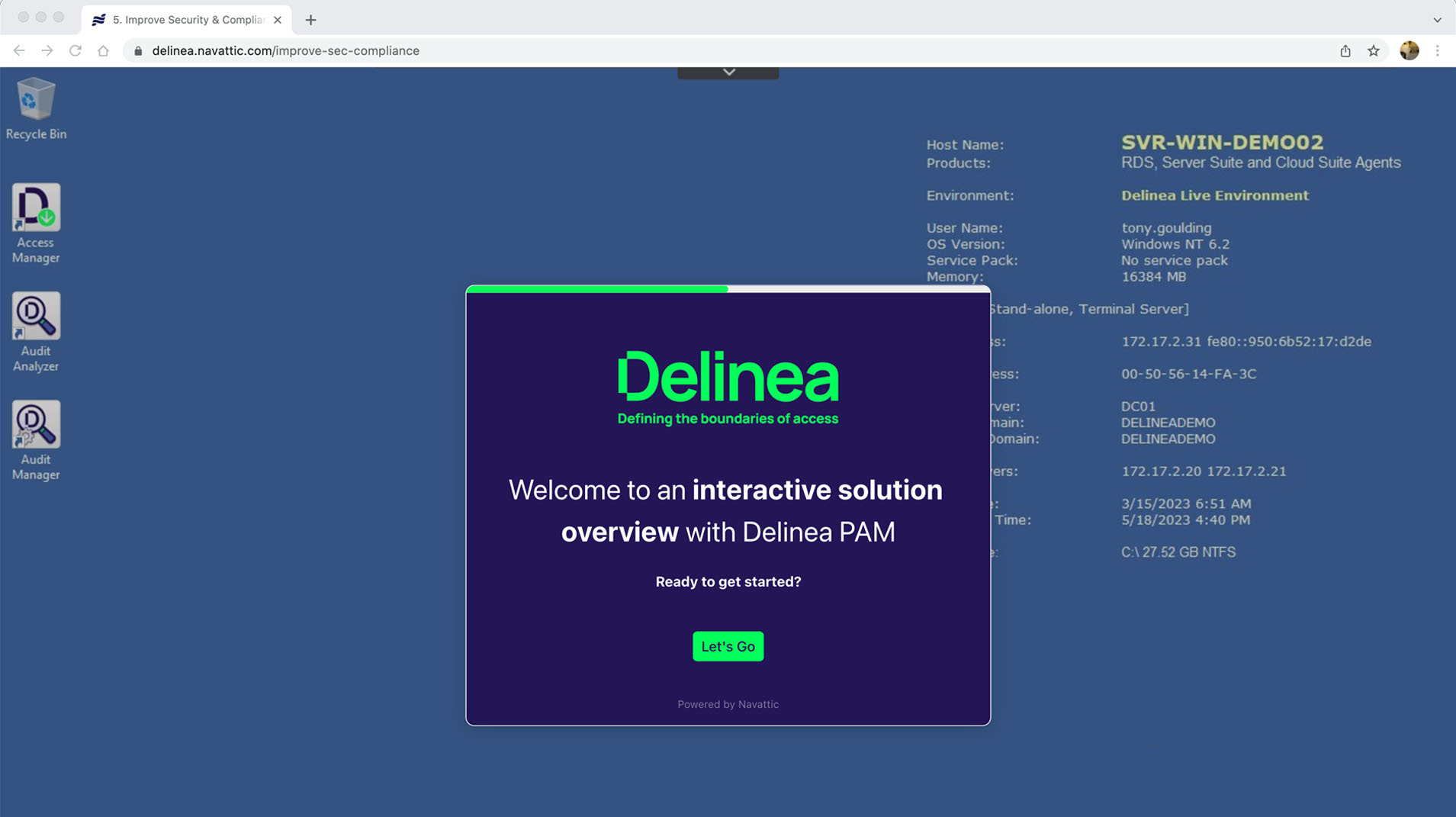Meet compliance requirements with confidence
Challenge
Security compliance audits are time-consuming and stressful, but you can’t avoid them.
Risk
Compliance failure can lead to expensive fines, sanctions, and loss of customer trust.
Solution
Robust identity and access management controls help you meet regulatory requirements and demonstrate compliance.
Simplify compliance with intelligent identity security
Security regulations across industries and regions demand strong authorization, access control, and accountability. But for many organizations, compliance audits are a stressful, time-consuming effort. Delinea’s identity security solutions streamline the process by automatically verifying privileged identities, limiting access to sensitive information, reducing user access risks that can lead to fraud, and inhibiting lateral movement.
Our Identity and Access Management (IAM) solutions also create an immutable audit trail to demonstrate control effectiveness and enforce industry best practices—including zero trust, Segregation of Duties (SoD), and the principle of least privilege.
With IAM, you can confidently pass compliance audits and reduce cyber and fraud risk.

Delinea solutions for security audit and compliance
Enterprise password management
Security compliance mandates require strong password management, meaning passwords must be complex, changed regularly, and stored securely. Privileged users often fail to meet these requirements if they’re expected to manually manage passwords on their own.
To pass an audit, you must implement and enforce granular limitations on access privileges for systems and data. Unknown, unmanaged, and unprotected privileged accounts violate compliance mandates.
With Privileged Access Management (PAM), you can automates password management to achieve enterprise-wide compliance with corporate and regulatory mandates.
See how Secret Server on the Delinea Platform helps you manage and secure passwords
Manage Segregation of Duties conflicts
As businesses adopt Enterprise Resource Planning (ERP), Customer Relationship Management (CRM), and Human Capital Management (HCM) systems, managing who has access to what becomes a serious challenge. Without clear visibility and control across interconnected applications, you’re exposed to risks such as data loss, fraud, and compliance violations.
Segregation of duties (SoD) is a vital control that prevents any one individual from having too much access in a critical business process. Delinea’s Fastpath Access Control enables centralized governance and automated monitoring of user access risk across all business applications, from high-level controls to the most granular permissions.
See how Fastpath Access Control reduces access risk across business applications
Identity and Access Management for servers
Identity security, multi-factor authentication (MFA), and granular, least privilege access are essential cybersecurity controls in compliance frameworks.
They expect to see privileged accounts associated with individual users, rather than shared.
See how Server PAM implements Identity and Access Management
Protection for workstations
Compliance mandates also often require you to secure user workstations, as they are often a prime entry point for cyber attacks.
With privilege management, you can deploy endpoint protection for workstations, including the management of local privileged accounts and applications, just-in-time, just-enough privilege elevation, and detailed auditing of privileged activities.
Demonstrate compliance with audit logs and session recordings
Data gathering is often a time-consuming part of the audit process. By monitoring and recording privileged sessions, you can capture events and ensure there are no visibility gaps. And by deploying automated, centralized reporting, you’ll save time pulling together documentation needed for auditors.
Secret Server on the Delinea Platform helps you meet regulatory requirements and demonstrate compliance to internal and external auditors. Out-of-the-box and custom reporting features save time and make executive reviews and audits painless.
See how Secret Server on the Delinea Platform manages privileged sessions

See how your identity and access management approach maps to compliance requirements
Which compliance regulations do you need to follow? How can you satisfy auditors? Some regulations are highly prescriptive, while others give you broad guidelines but leave detailed decisions up to you. See how your privilege management practices stack up to the latest compliance requirements. Make sure you know the deadlines so you can be ready when the auditors arrive.
-
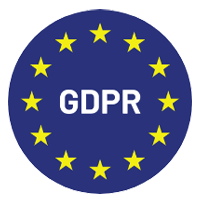
EU GDPR
Any organization dealing with EU citizens’ personally identifiable information is obligated to meet standards for effective data protection, adequate security measures, and privacy by design to comply with EU GDPR.
-

NERC/CIP
Under the North American Electric Reliability Corporation (NERC) Critical Infrastructure Protection (CIP) plan, energy and utility companies must ensure strict access control in order to protect assets from the threat of a cyberattack.
-
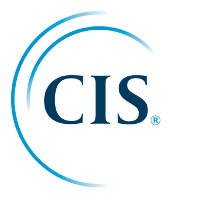
CIS Controls
The Center for Internet Security (CIS) Top 20 Critical Security Controls (previously known as the SANS Top 20 Critical Security Controls) is a set of security best practices designed to prevent the most common and significant cyber threats, including password protection.
-
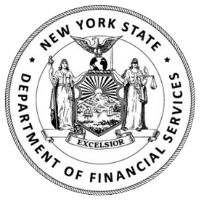
NYCRR
One of the strictest cybersecurity regulations at a federal or state level, NYCRR, applies to New York insurance companies, banks, and other regulated financial services institutions, including agencies and branches of non-US banks licensed in the state of New York.
-
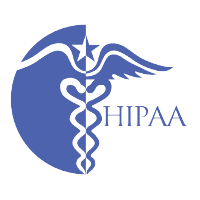
HIPAA
Any organization that creates, receives, maintains, or transmits electronically protected health information (ePHI) in the US must meet HIPAA requirements for access control and data sharing.
-
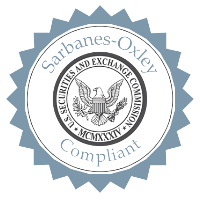
SOX
Sarbanes-Oxley (SOX) is designed to reduce corporate fraud by requiring an increase in the strength and granularity of security controls for financial auditing and reporting.
-
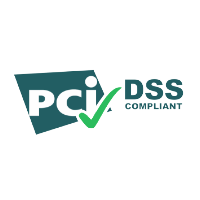
PCI DSS
PCI DSS provides organizations that accept, store or transmit credit card data with guidelines for privilege management and a framework to protect cardholder data.
-
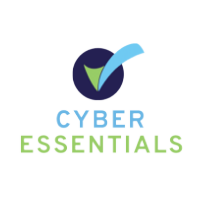
UK Cyber Essentials
Contractors in the UK that handle sensitive or personal information must receive Cyber Essentials Certification to demonstrate understanding and enforcement of privilege management.
-
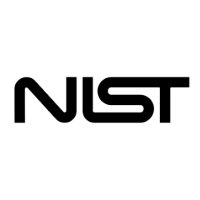
FISMA/NIST
The National Institute of Standards and Technology (NIST) outlines steps federal agencies and government contractors must take to comply with privilege management in FISMA in NIST SP 800-53.
-
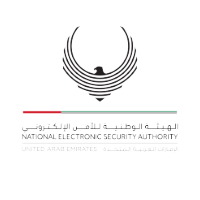
UAE NESA
The National Electronic Security Authority (NESA) in the United Arab Emirates requires government entities and businesses in critical sectors to closely control and protect privileged accounts.
-
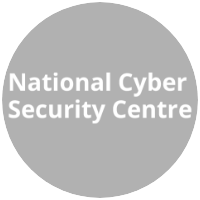
New Zealand Cyber Security Strategy
The refreshed New Zealand Cyber Security Strategy comes with an Action Plan and a National Plan to address cybercrime, which is added to the original four key principles. It replaces the New Zealand Cyber Security Strategy from 2011.
Security audit and compliance solutions at work
What's new in identity security
Learn to protect your most critical systems and data with these free, in-depth identity security resources.
Search our library of webinars, videos, whitepapers, case studies, and more to get started with your identity security or PAM strategy. Get the most from Delinea's solutions, and hear inspiring stories of cybersecurity success from companies just like yours.
Get started creating PAM compliance policies for your organization with 40+ pre-written policy statements, based on requirements outlined by CIS, NIST, PCI and HIPAA.
Download the template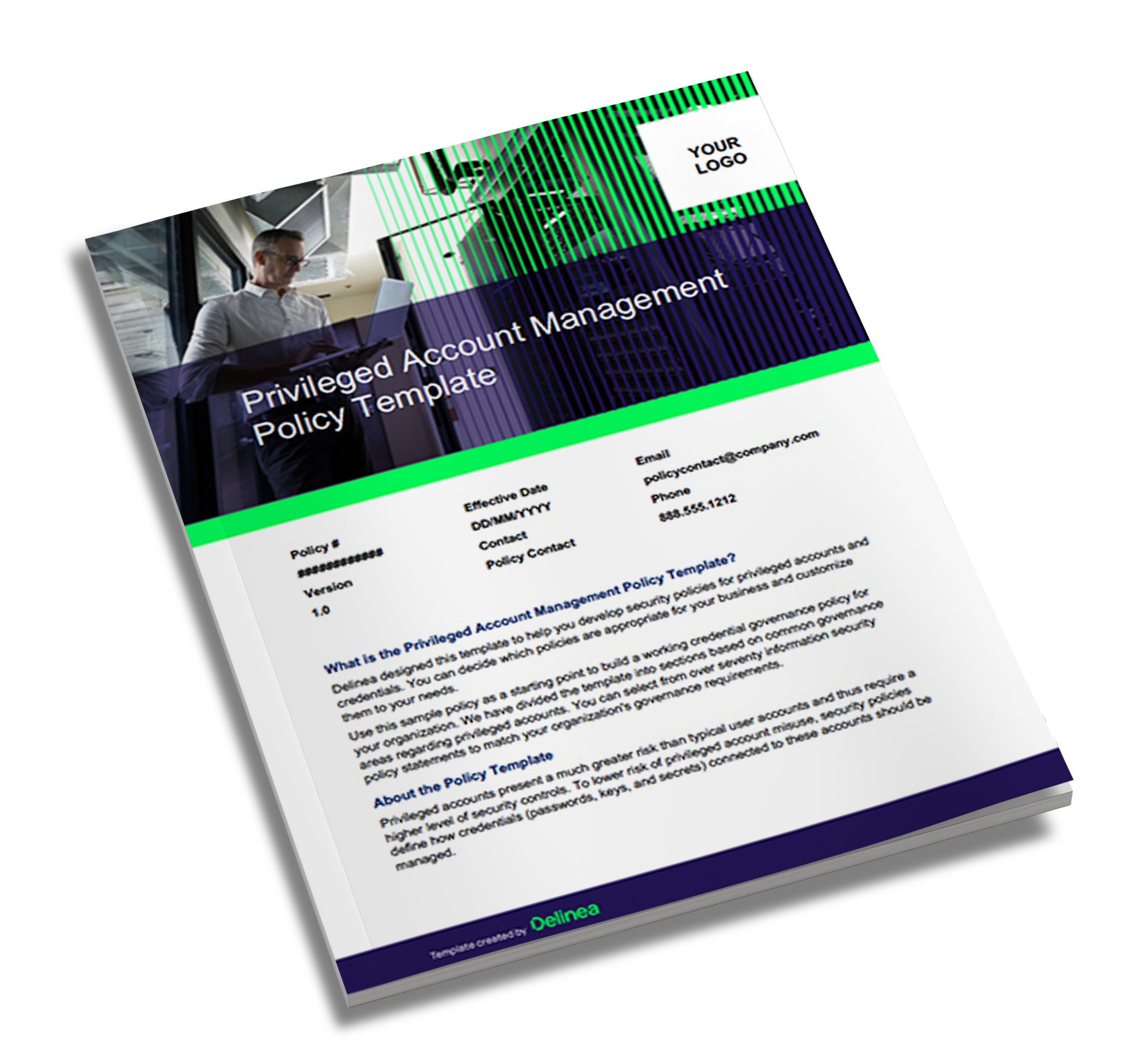
PAM helps insurance company save months preparing for audits and achieving high compliance scores.
Read the case study
See how Secret Server secures, identifies, manages, monitors, and audits your privileged account credentials and more. Five pillars are addressed in these interactive videos.
Try an interactive demo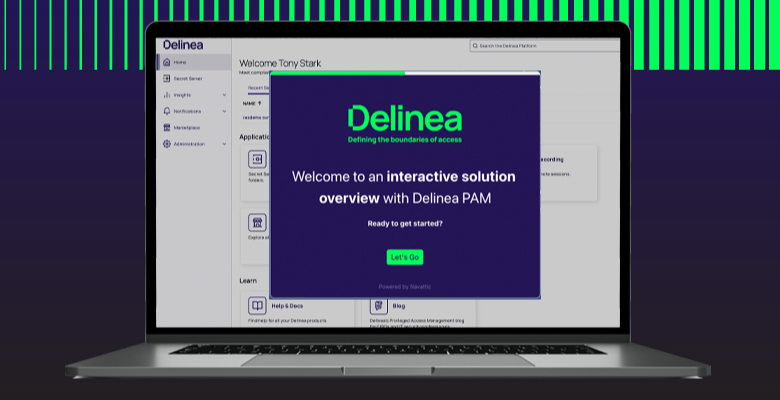
Explore key capabilities of Delinea Privilege Manager at your own pace.
Try an interactive demo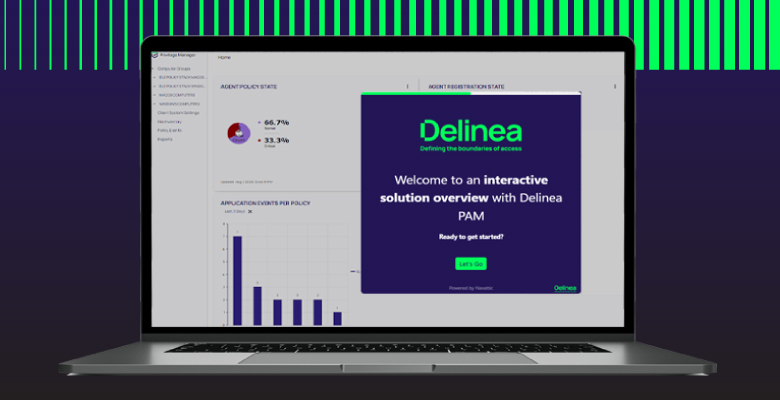
Explore key capabilities of Delinea Server PAM at your own pace: Centrally manage identities, minimize risk, enforce least privilege, enforce MFA, and improve security & compliance.
Try an interactive demo